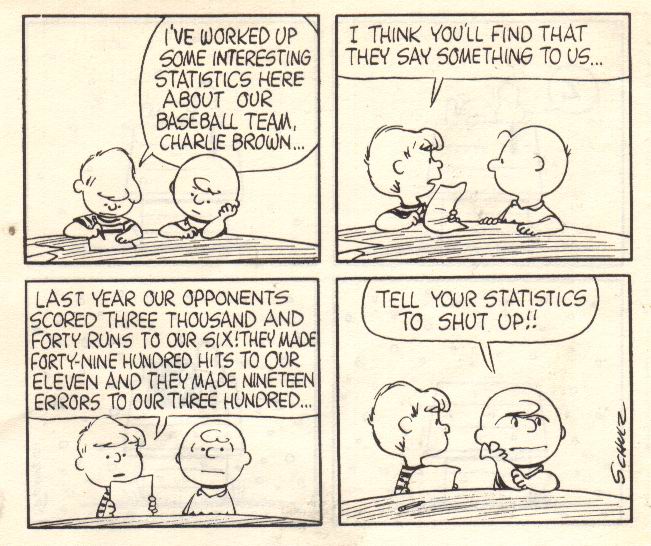Your digital photos tell a lot about you. Obviously, they tell you whether you travel, like to go to parties with friends or just can’t stop taking pictures of your kids (who, me?). However, they tell a lot more than that, such as what kind of camera you used, the camera’s settings, when you took the photo and, sometimes, location.
While photographers use these data, called EXIF for “exchangeable image file format,” to help them categorize and improve their photos, I’d like to think that camera manufacturers could get a lot out of those data as well. Specifically, the manufacturers could use EXIF data to improve their products and their marketing.
So, Canon, Nikon, Olympus, Pentax et al., here’s what I’d do with those data if I were in your shoes.
From EXIF data, the camera folks could determine how, why and where customers use cameras. Because EXIF data include camera make and model, a manufacturer could even zero in on a specific competitive set (“how do consumers use entry-level DSLRs?”). Public EXIF data make the world one giant marketing survey.
With these insights, the product designers could hone in on clear needs. For instance, a preference for taking pictures at the beach might lead designers to seal their cameras against sand and salt spray or to fine-tune exposure for bright sunlight. Lots of party pictures might inspire a designer to make a compact camera look more like a ladies’ clutch so that it fits in better.
By the same token, marketers could use these data to sharpen their campaigns. Again, knowing how consumers use their cameras would allow them target more relevant offers in display advertising, social networking hubs, email and other online media. The insights would work for offline media as well.
As an aside, I wonder why camera companies have not (as near as I can tell) embraced customer relationship marketing with much fervor. Cameras with interchangeable lenses such as DSLRs or the newly-hot mirrorless compacts seem ripe for CRM. After all, when a consumer buys a basic camera and lens, he could potentially buy from that brand in perpetuity.
For instance, had I received a Pentax K-1000 for my bar mitzvah, I could still use the lens that came with it today on any Pentax DSLR. Photographers commonly upgrade camera bodies because they’d rather use familiar lenses than switch to a new system. Seems ripe for CRM, no?
But back to the EXIF discussion. How would it work?
First, I would identify data sources. Some photo sharing services such as Flickr allow photographers to share EXIF data along with their photos. The data purists would scream that photo sharing services represent a self-selected sample and thus would carry some risk, but the data purists can shut up. Free data are free data.
To keep this analysis sane, I would have to include only strictly relevant photos. For instance, I might stick with images from a small group of camera models. I might also cap the number of images at 1,000 per model, randomly distributed. As a side benefit, keeping the data load small would enable the analyst to use a simple tool such as Excel or Google Docs.
Next, I would either find an API (application programming interface; code that automatically transfers data from one platform to another) or develop some simple code to collect photos and EXIF data. In the worst case, an intern or a temp could do it.
Now comes the labor-intensive part, coding. Since automated photo recognition leaves much to be desired, that intern or temp would then have to slog through the photos to tag them with keywords about subject matter, mood or other subjective data. As a veteran of too many open-ended questionnaires to count, I feel the pain of whoever draws this straw. However, eyeballing the images will undoubtedly give the analyst insight as to potential uses for the data.
Finally, sorting and tallying will begin to reveal key characteristics of the data. And Bob’s your uncle, as the Brits say.
Worth a shot, wouldn’t you say?


No comments:
Post a Comment